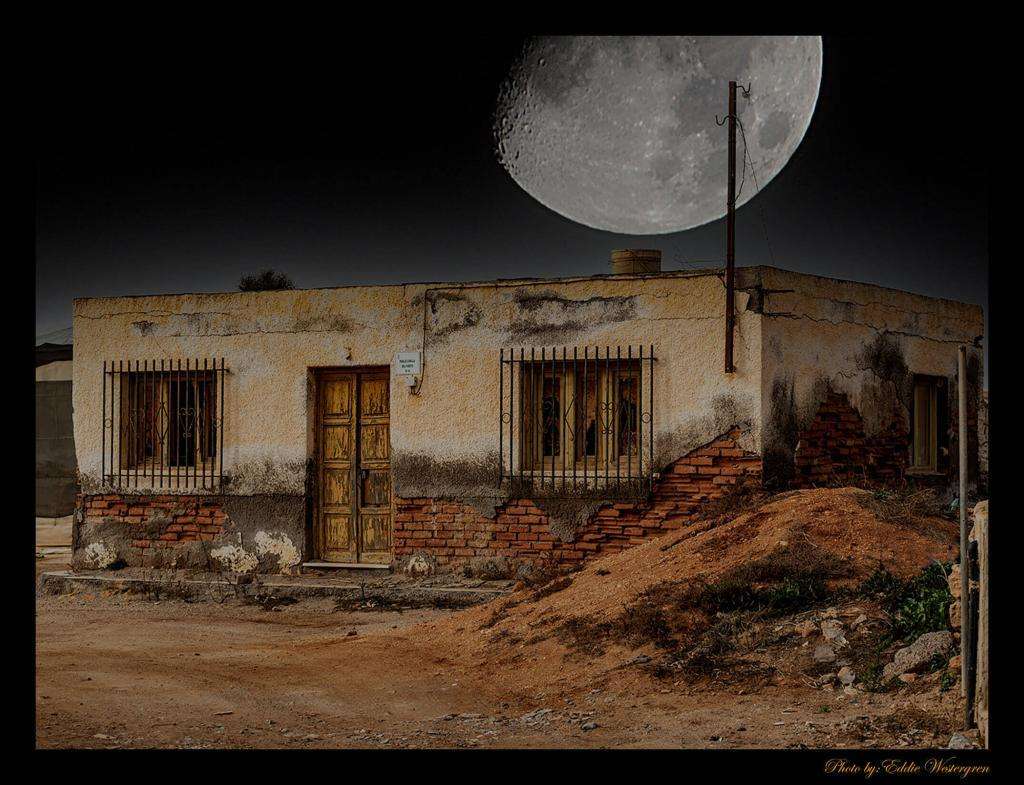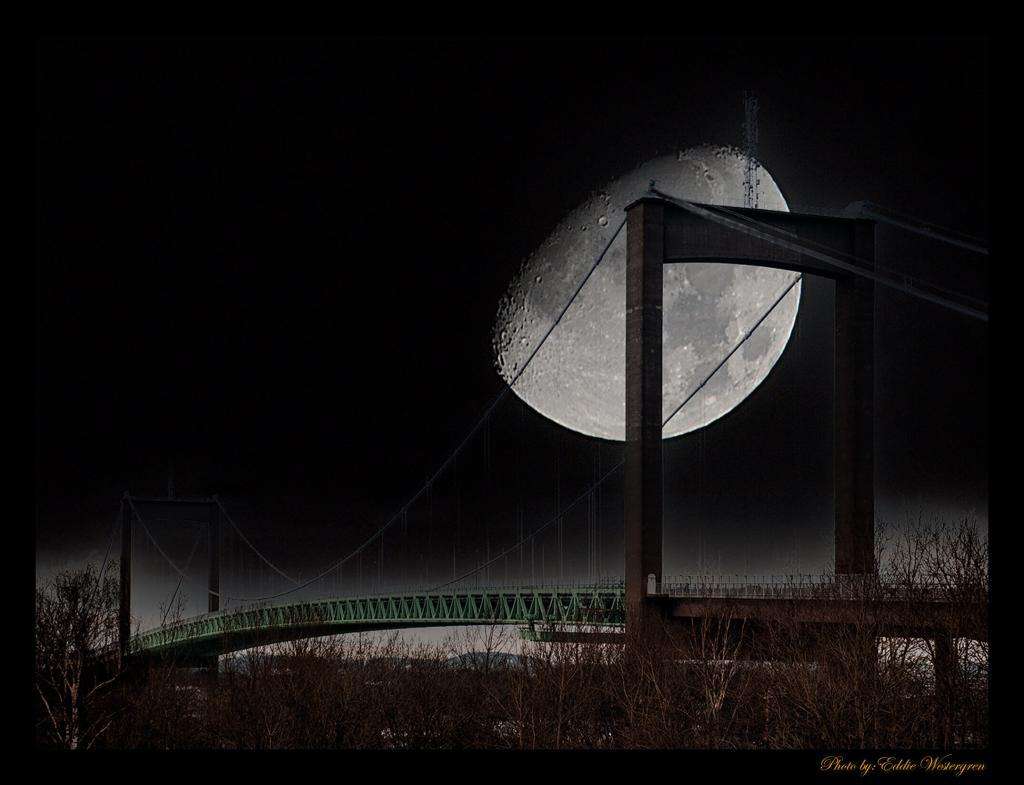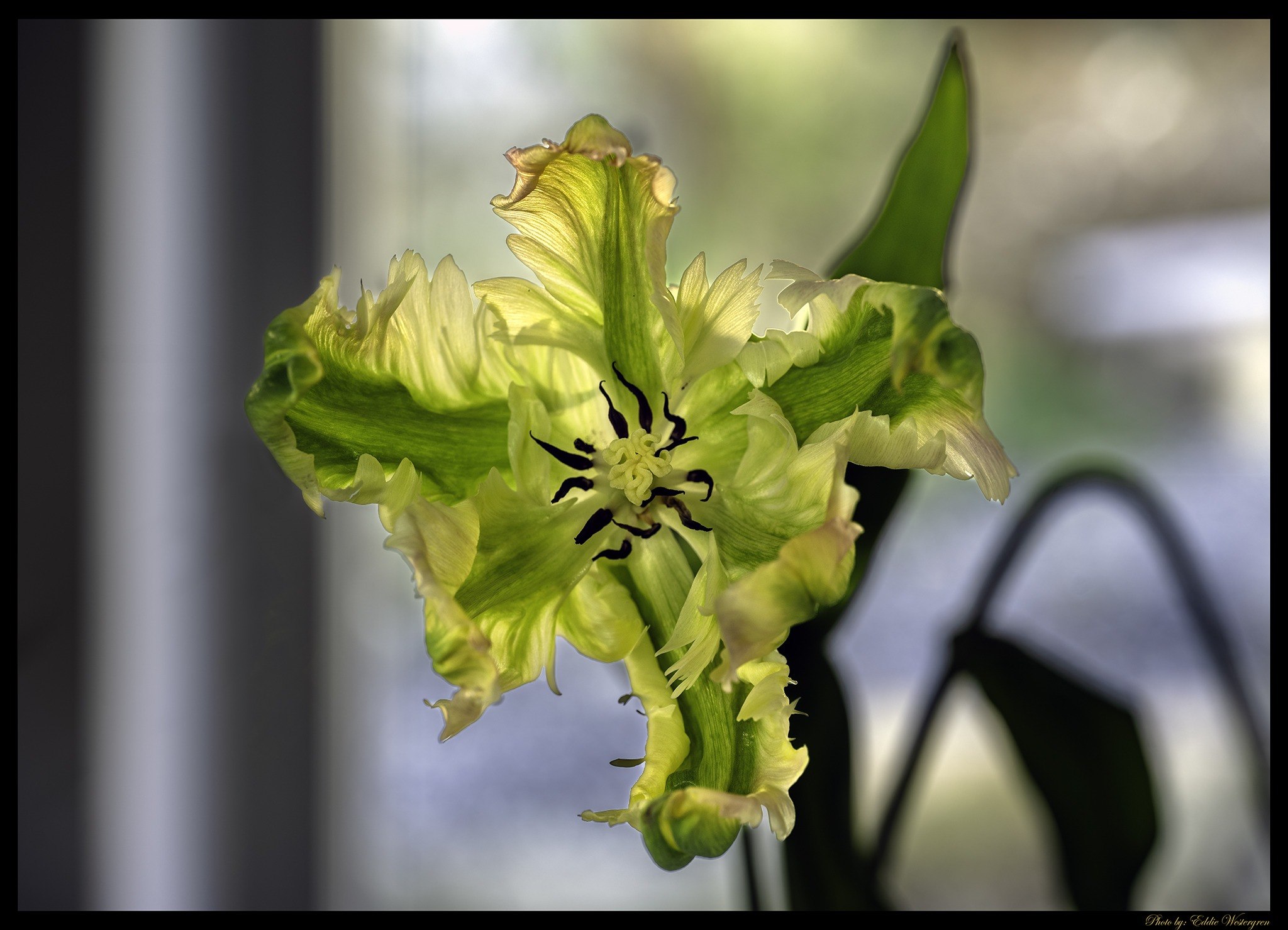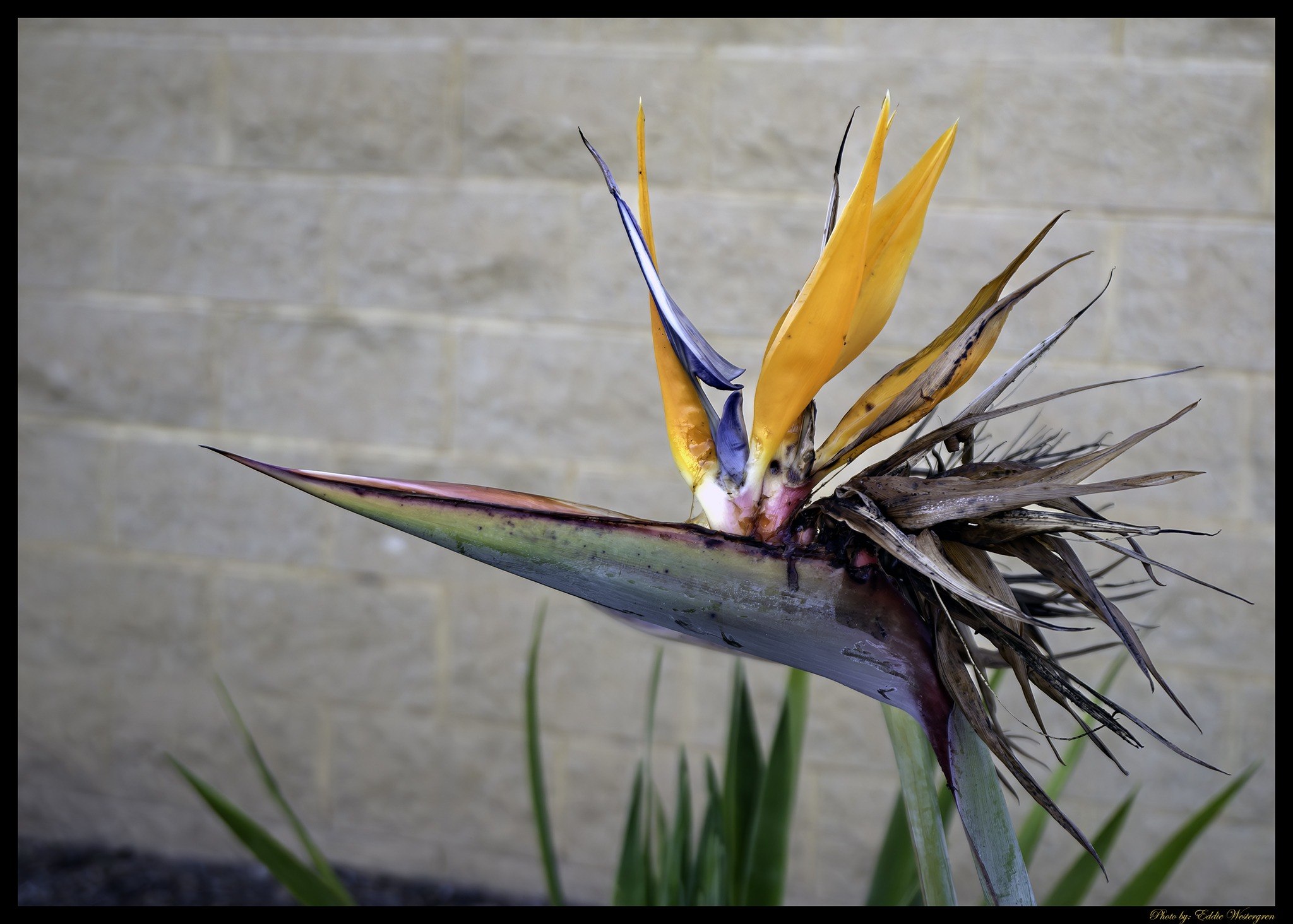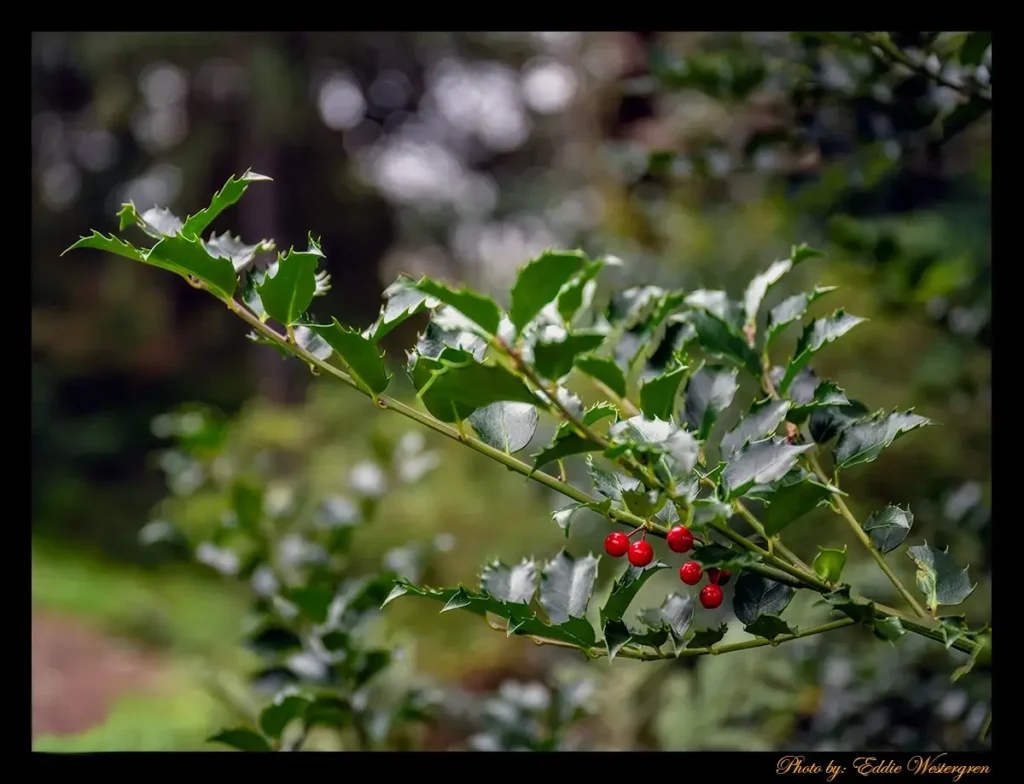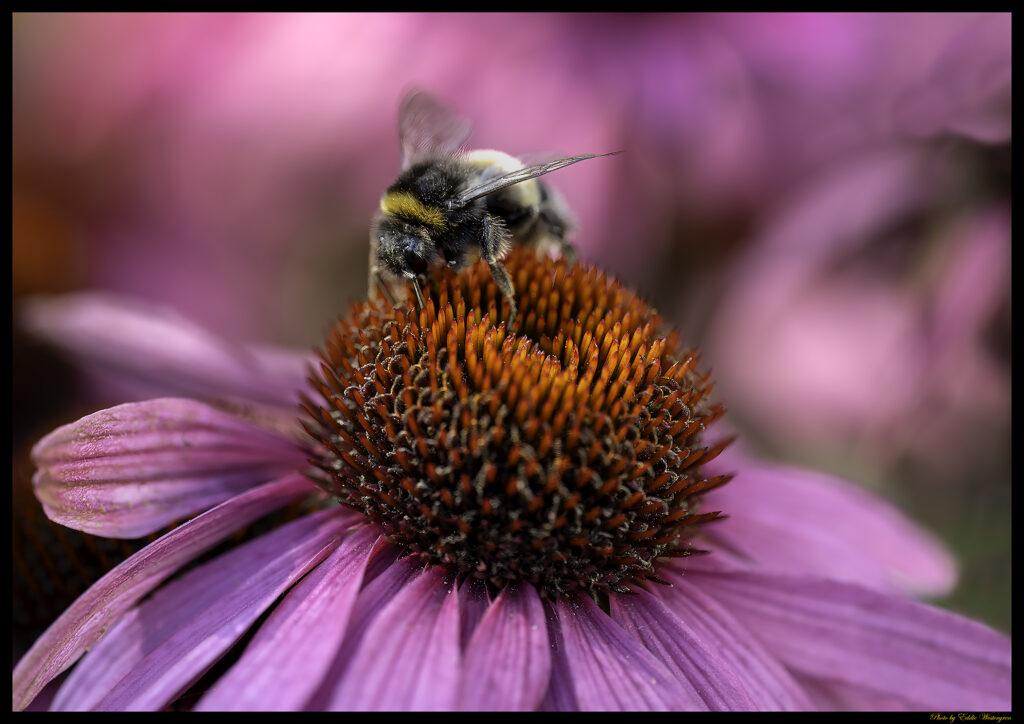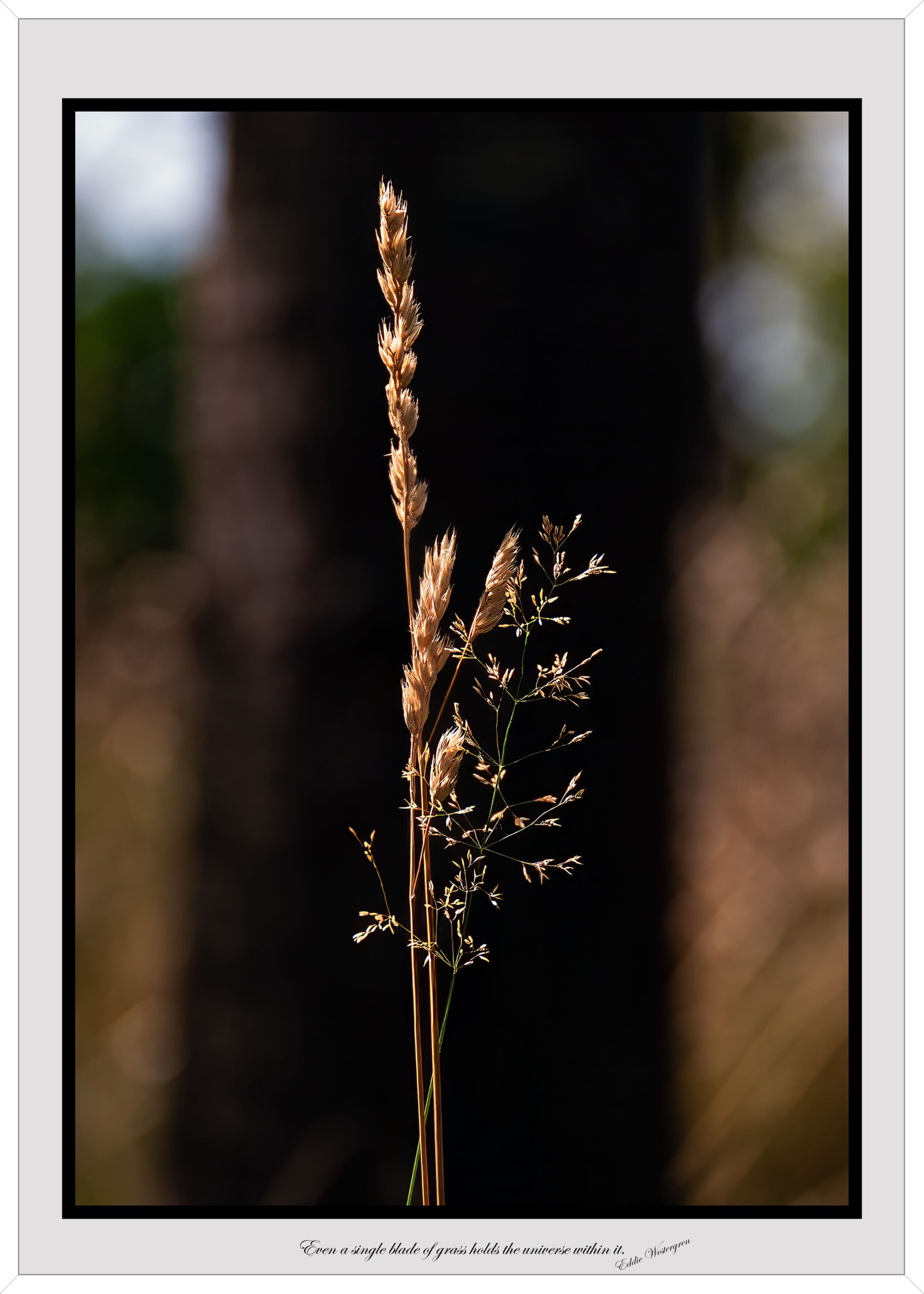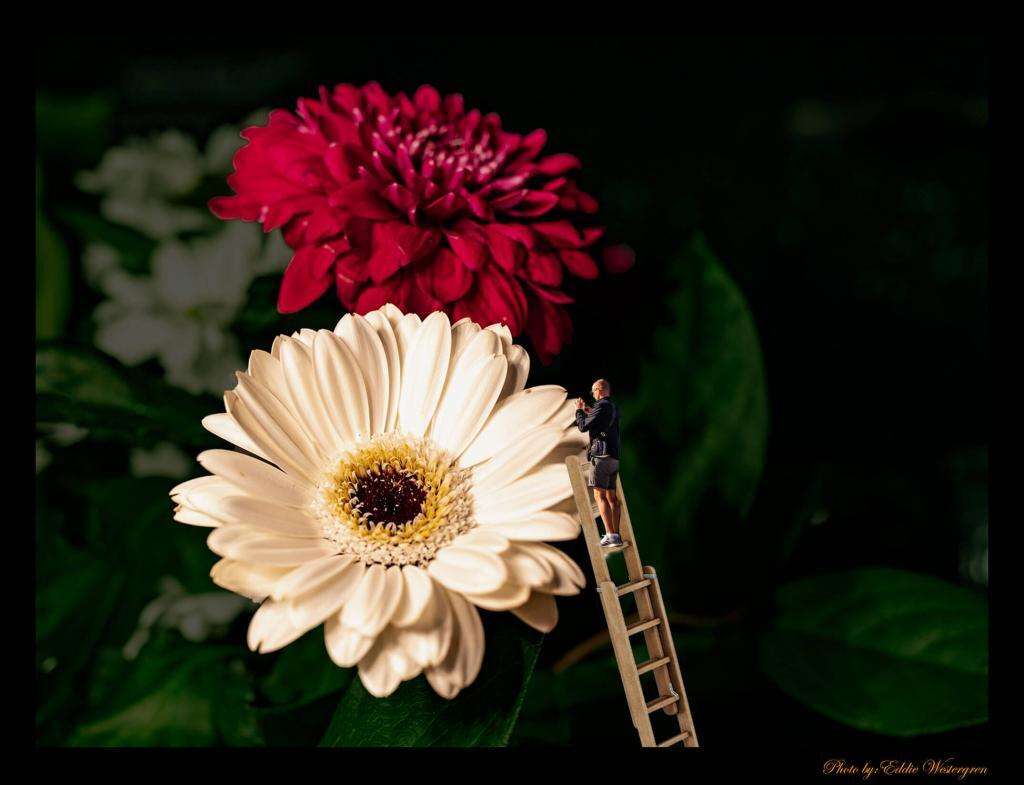
Dreamhouse
This house is located just below the moon somewhere between nothingness and eternity Bridge and moon
Bridge with moon mixed in Photoshop French Tulip
French tulip
French tulips, with their elegant stature and graceful petals, embody a timeless allure that has captivated flower enthusiasts for centuries. Renowned for their elongated stems and large, cup-shaped blooms, French tulips exude an air of sophistication and refinement that sets them apart from their counterparts.
Originating from the tulip fields of France, these majestic flowers have become synonymous with romance and luxury, adorning weddings, grand events, and intimate gatherings with their unparalleled beauty. Their distinctive appearance, characterized by long, slender petals that gently curve outward, creates a sense of movement and fluidity, as if each bloom is caught in a perpetual dance.
French tulips –
comes in a myriad of hues, ranging from delicate pastels to vibrant jewel tones, offering endless possibilities for floral arrangements that evoke a sense of whimsy or drama, depending on the desired aesthetic. Whether showcased alone in a simple vase or mixed with complementary blooms in a lavish bouquet, their presence is always commanding, drawing the eye and stirring the soul.
Beyond their visual appeal, French tulips also possess a captivating fragrance that fills the air with a subtle, yet intoxicating scent, adding another dimension to their allure. The mere sight and scent of these exquisite flowers can transport one to a place of tranquility and serenity, evoking memories of springtime in the French countryside or leisurely strolls through fragrant gardens.
Caring for French tulips requires a gentle touch and attentive care. Proper hydration and a cool environment are essential to prolonging their vase life, allowing their beauty to be enjoyed for days on end. With the right care, French tulips can continue to enchant and inspire, serving as a timeless reminder of the fleeting yet enduring beauty of nature.
In Flower languages
The French tulips symbolize elegance, grace, and sophistication, making them a fitting choice for expressing sentiments of admiration, gratitude, or affection. Whether given as a gift or used to adorn a space, these exquisite blooms have a way of leaving a lasting impression, weaving a tapestry of beauty and enchantment wherever they bloom.
Parrot
Parrot look a like The holly Blue Maid
The holly Blue Maid The holly Blue Maid (Latin: Ilex x meserveae ‘Blue Maid’) is a holly that is perfect for making a hedge. It is also very beautiful as a solitaire. The leaves of this American holly have a beautiful blue-green color and a beautiful sheen. Because of the color of the leaves, this holly variety is called Ilex meserveae or the blue holly. This hedge plant does not lose its leaves and is therefore blue-green all year round
Bumblebee
bumblebee pollinates The Importance of Bumblebees for Our Environment.
Bumblebees are small, fuzzy insects that play a vital role in the health of our environment. Though often overlooked, these humble creatures are among the most important pollinators in nature. Their survival is directly linked to the survival of many plant species, including the ones that humans rely on for food. Without bumblebees, ecosystems would begin to collapse, and our food supply would be in serious danger.
One of the main reasons bumblebees are so important is their ability to pollinate plants. Pollination is the process of transferring pollen from one flower to another, which helps plants produce fruits and seeds. While other insects, such as honeybees and butterflies, also pollinate, bumblebees are especially effective because of their size, strength, and behavior. They can “buzz pollinate,” a unique technique where they vibrate their bodies to shake pollen loose from certain flowers. This is particularly helpful for plants like tomatoes, peppers, and blueberries.
Bumblebees are not only important to agriculture but also to wild ecosystems. Many wildflowers depend on bumblebees to reproduce. When these flowers are pollinated, they produce seeds and fruits that feed birds, small mammals, and other creatures. In this way, bumblebees help maintain the balance of entire ecosystems. Without them, many plant and animal species would struggle to survive.
Sadly,
bumblebee populations are declining around the world. Habitat loss, pesticides, disease, and climate change are major threats to their survival. As we destroy natural areas to build cities, farms, and roads, bumblebees lose the flowers they need for food and the places they need to nest. Pesticides used in farming can poison bumblebees or weaken their ability to find food. Diseases and parasites, some spread by commercial bee farming, also hurt wild bee populations. Climate change adds even more pressure by disrupting the timing of flowering plants and changing the environments bumblebees live in.
Protecting bumblebees is essential for both environmental health and human well-being. There are many ways we can help. Planting native flowers in gardens, parks, and along roadsides provides food for bumblebees. Avoiding harmful pesticides and choosing organic produce helps reduce the chemicals that harm them. Supporting local conservation efforts and spreading awareness about the importance of bumblebees can also make a difference.
In conclusion,
bumblebees are far more than just buzzing insects in our gardens. They are essential workers in nature, helping plants grow, reproduce, and feed other species. Their role in pollination makes them a key part of our food system and natural ecosystems. As their numbers decline, the risks to our environment grow. By understanding their importance and taking action to protect them, we can ensure that bumblebees—and the many plants and animals that depend on them—continue to thrive for generations to come.
This photo was taken to create a placemat. If you are interested and would like to purchase, please contact me via email.
